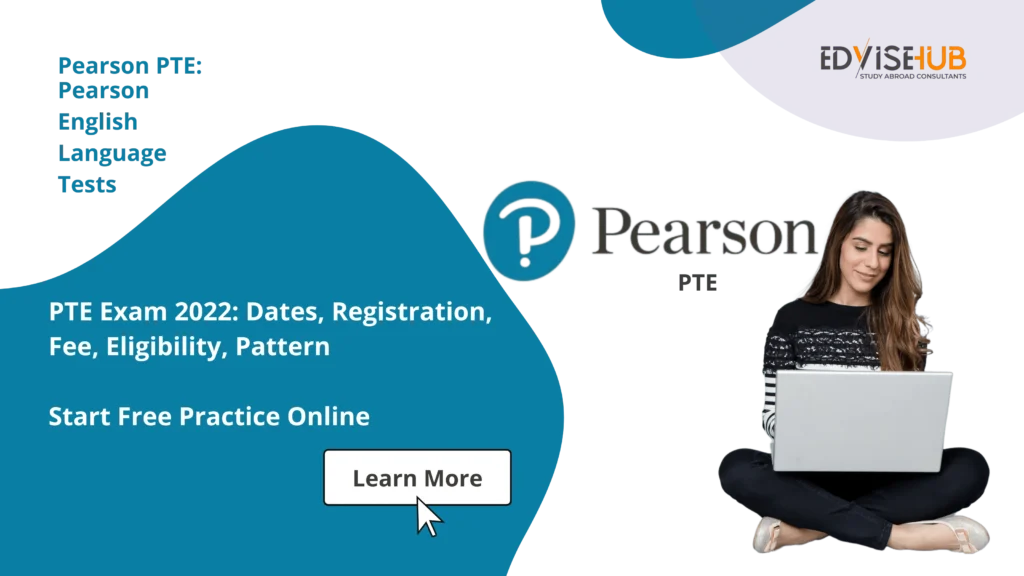If you’re gearing up to take the PTE Core Test Format online, you may be overwhelmed by all the information out there. But fear not because we’re here to demystify the PTE Core Test format and help you navigate the online testing experience with confidence.
Understanding the PTE Core Test Format
First things first, let’s break down what the PTE Core Test is all about. The PTE (Pearson Test of English) Core Test is a computer-based English language proficiency exam designed to assess your skills in speaking, listening, reading, and writing. It’s widely accepted by universities, colleges, and governments around the world as proof of English language proficiency for academic and immigration purposes.
Sections of the PTE Core Test Format
Now, let’s talk about the different sections of the PTE Core Test. There are four main sections: Speaking, Listening, Reading, and Writing. Each section evaluates a specific aspect of your English language skills and is designed to measure your ability to communicate effectively in academic and real-life situations.

Speaking Section :PTE Core Test Format
In the Speaking section, you’ll be asked to demonstrate your speaking skills by responding to a variety of prompts, such as reading aloud, repeating sentences, describing images, and giving short answers. This section assesses your pronunciation, fluency, vocabulary, and grammar.
Listening Section :PTE Core Test Format
Next up is the Listening section, where you’ll listen to a series of audio recordings and answer questions based on what you hear. The recordings include a range of accents and speaking speeds to simulate real-life listening situations. This section evaluates your ability to comprehend spoken English and follow spoken instructions.
Reading Section : PTE Core Test Format
In the Reading section, you’ll read a series of passages and answer questions to demonstrate your reading comprehension skills. The passages cover a variety of topics, including academic texts, news articles, and opinion pieces. This section assesses your ability to understand main ideas, identify supporting details, and draw inferences from written texts.
Writing Section : PTE Core Test Format
Last but not least is the Writing section, where you’ll be asked to write responses to a series of prompts. These prompts may include summarizing written text, writing essays, and responding to emails or letters. This section evaluates your ability to organize and present information clearly and coherently in written English.
Navigating the Online Testing Experience
Now that you have a better understanding of the PTE Core Test format let’s talk about what to expect when taking the PTE online. The testing experience offers convenience and flexibility, allowing you to take the test from the comfort of your own home or any quiet, distraction-free location.
Preparing for Success
It’s essential to prepare thoroughly and familiarize yourself with the test format and question types to ensure success on the PTE Core Test. Take advantage of online practice tests, study materials, and preparation courses to hone your skills and build confidence before test day.
Scoring System
Understanding the scoring system of the PTE Core Test is crucial for test-takers. The test is scored on a scale ranging from 10 to 90, with increments of 1 point. Each section of the test is scored individually, and your overall score is based on your performance across all four sections. The scoring criteria are transparent and based on objective measures, ensuring fairness and consistency in evaluation.
Time Management Strategies
Effective time management is key to success in the PTE Core Test. With strict time limits for each section, it’s important to pace yourself and allocate your time wisely. Practice time management strategies such as skimming passages, prioritizing questions, and skipping difficult items to maximize your efficiency and complete as many questions as possible within the allotted time.

Practice Resources
There are numerous online resources available to help you prepare for the PTE Core Test. These resources include practice tests, sample questions, study guides, and instructional videos. Take advantage of these resources to familiarize yourself with the test format, develop your skills, and build confidence before test day. Additionally, consider enrolling in online preparation courses or hiring a tutor for personalized guidance and support.
Test Day Tips
On the day of the exam, it’s important to arrive early, well-rested, and prepared. Bring all necessary identification documents and testing materials, such as pencils and erasers, as specified by the testing centre. Follow instructions carefully, listen attentively to the exam proctor, and remain calm and focused throughout the test. Remember to pace yourself, manage your time effectively, and review your answers before submitting them.
Retake Policies
If you’re not satisfied with your initial PTE Core Test score, don’t worry – you have the option to retake the test. Pearson allows test-takers to retake the PTE Core Test as many times as necessary to achieve their desired score. However, there are certain restrictions and waiting periods between retakes, so be sure to familiarize yourself with the retake policies and plan accordingly.
Seeking Support
If you have any questions or concerns about the PTE Core Test format or online testing experience, don’t hesitate to reach out for support. Pearson offers customer support services to assist test-takers with registration, scheduling, technical issues, and other inquiries. Additionally, consider joining online forums or social media groups where you can connect with fellow test-takers and share tips, advice, and experiences.
Final Thoughts
Taking the PTE test online doesn’t have to be intimidating. With the right preparation and a clear understanding of the test format, you can approach the exam with confidence and achieve your desired score. Remember to stay focused, practice regularly, and trust in your abilities. You’ve got this!


